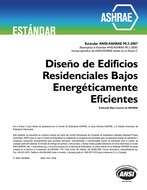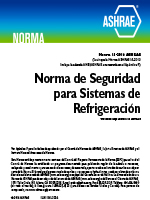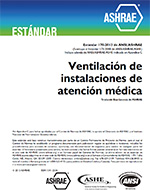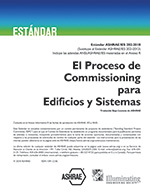Description
The last major refrigerant transition for the HVAC industry began in the early 1990’s as part of the Montreal Protocol in response to the hole in the ozone layer, and by 2008, the global consumption of ozone depleting substances was reduced by 98%. The industry moved away from ozone depleting CFCs and began using HCFCs and HFCs. Even though the HFCs are dramatically lower in global warming contribution than CFCs, the increase in their use in the coming years is expected to contribute significantly to climate change. Air conditioning chillers have already begun to transition, which is setting the stage for a swift transition globally. Not only are substitute chiller products already available for many of the applications, but there are also near term solutions that are currently available that can facilitate a rapid transition, as well as improve energy efficiency. This paper will explore some of the next generation solutions, and how they can be used to improve energy efficiciency, even in high ambient climates.
Citation: Second International Conference on Energy and Indoor Environment for Hot Climates, Doha, Qatar, February 2017
Product Details
- Published:
- 2017
- Number of Pages:
- 8
- Units of Measure:
- Dual
- File Size:
- 1 file , 1.2 MB
- Product Code(s):
- D-HCC17-12




